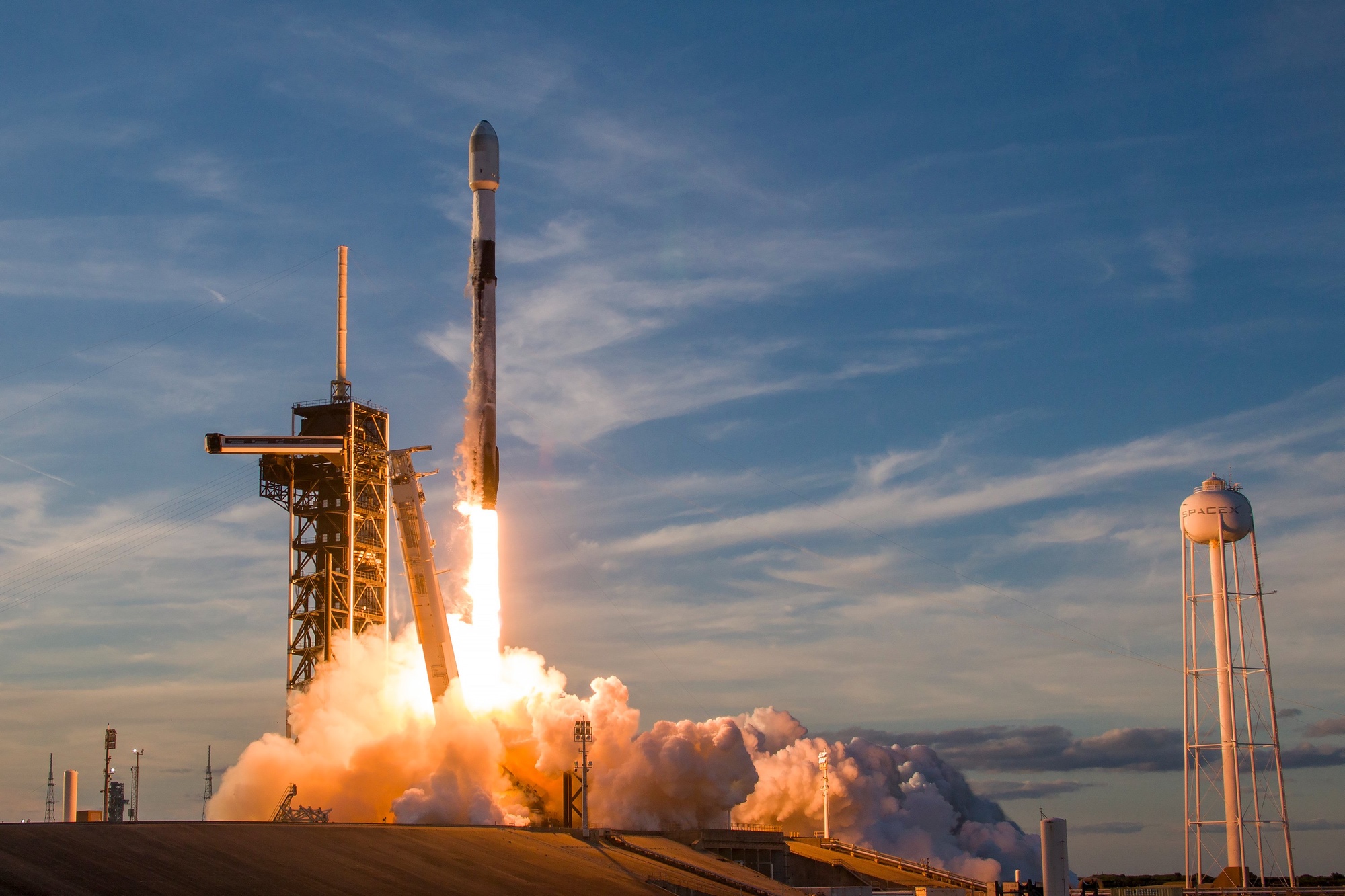SpaceX launches first mid-inclination dedicated rideshare mission
Original Publication Date: 2024-04-08 03:59

SpaceX launches the first in a new line of dedicated rideshare missions. The Bandwagon missions are intended to send payloads to low Earth orbits at 45 degrees. SpaceX announced the Bandwagon missions at the Small Satellite Conference last August. SpaceX says it continues to see strong interest in its rideshare missions, both Transporter and Bandwagon.
SpaceX’s Hat Trick of launches – 3 for 3 in 3 days – SatNews
Original Publication Date: 2024-04-07 00:00

SpaceX launched 11 satellites from NASA’s Kennedy Space Center (KSC) on Sunday, April 7 at 7:16 p.m. EDT (2316 GMT) The spacecraft successfully reached orbit, and SpaceX ended its livestream at the request of its customer South Korea. On Saturday, April 6 at 7:25 p.m. PT, Falcon 9 launched 21 Starlink satellites, including six with Direct to Cell capabilities, to low-Earth orbit from Vandenberg Space Force Base in California.
Advantech to support NASA’s Artemis – SatNews
Original Publication Date: 2024-04-07 00:00

Advantech will be supplying more solid state power amplifier (SSPA) systems to support NASA’s Lunar Exploration and Colonization Program — Artemis. These redundant systems will carry links between NASA’s ground station network and spacecraft operating in the area between the Earth’s surface and two million kilometers out in space.
Caltech/JPL Privacy Policies and Important Notices

Caltech/JPL Web sites in the domain jpl.nasa.gov are managed by the California Institute of Technology. The information you provide on a Caltech/JPL. Web site will be used only for its intended purpose. Caltech/ JPL never collects information for commercial marketing.
Ahead of total solar eclipse, scientists use spacecraft data to predict the Sun’s corona
Original Publication Date: 2024-04-06 20:21

Scientists used data from NASA’s Solar Dynamics Observatory (SDO) spacecraft to predict the structure of the Sun’s corona on April 8. The team created an automated process that converted raw SDO data into data that showed how magnetic flux and energy are directly injected into the corona over time. This data allowed scientists to model how the corona evolves over time and creates solar eruptions.
